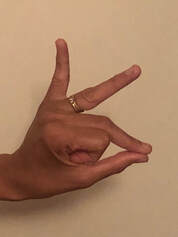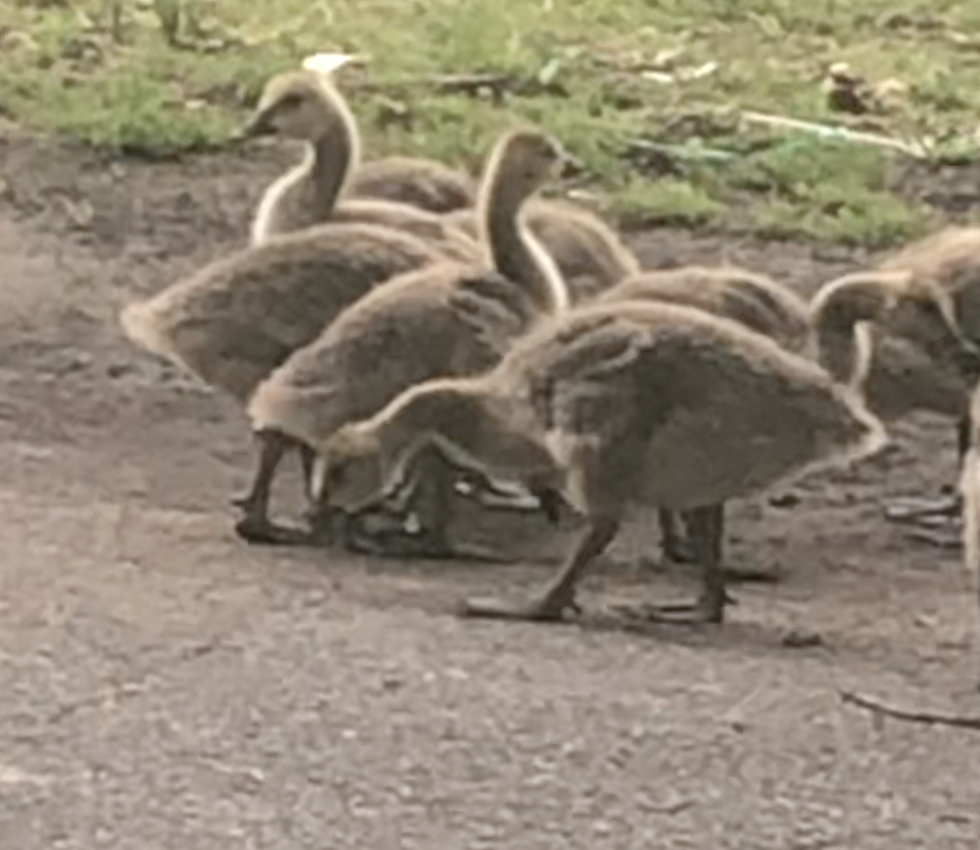Bees dance to communicate! Bhramara hasta in Bharatanatyam to show a bee Bhramara hasta in Bharatanatyam to show a bee We looked at evolution of movement to find food, and get away and to stay away from predators. But there’s another reason animals move, and that’s to communicate to other individuals of their group. In this article, we will look at the movement of bees. Though small, bees are incredibly sophisticated and complex. Bees live in colonies and exhibit complex social and communication behaviors; given their relatively small brains, bees are used as a model to better understand cognition [1]. Bees are unique for many reasons, one of them being that they dance to communicate! Bees need a way to tell other bees where to find nectar and pollen. Bees use dancing as a way of social communication and they are able to convey to other bees that nectar or pollen is found at a particular place. There is an urgency to this communication, as resources may be available only for a limited amount of time. Bees have a complex and highly specialized colony structuring comprised of “scout” bees and “forager” bees. “Scout bees” are older females that are very strong flyers and experienced with the geography of the area around the hive. These bees fly and search for spaces to investigate. “Forager” bees serve as gatherers of food [2]. First, the scout bee gets the nectar and regurgitates some to the other bees in the hive. After this, she needs to advertise to the other bees the source of the nectar. The scout bee has two types of dance: the "round" dance and the "wiggle" dance [2]. The “round” dance is done to signal food that is closer to the hive, and the “waggle” dance for food farther away from the hive. While the round dance does not give any directional information, the waggle dance tells other bees about the location of food or nectar relative to the direction of the sun (the azimuth). The waggle dance also communicates the amount of energy the other bees would have to expend to get to the food source [2,3]. Experiments on bees and other insects have revealed a part of the brain called the “central complex” as the navigation center that helps insects make these kinds of decisions [4]. The central complex is important to help bees orient themselves to a flower and spatial processing, i.e., figuring out where they are in space [5]. In Bharatanatyam, we use the Bhramara hasta to show a bee. In fact, in class we are learning a piece where the central character is requesting a bee to take her message to Lord Shiva. Citations:
0 Comments
Leave a Reply. |
About SlokaMy name is Sloka. I am a neuroscientist and Bharatanatyam dancer; you can find more about me here. Archives
June 2024
|
